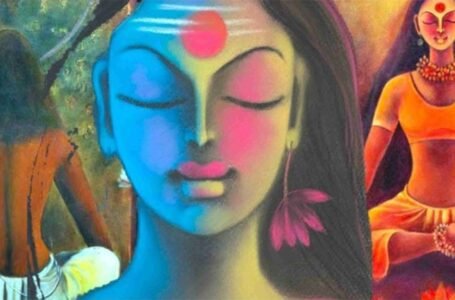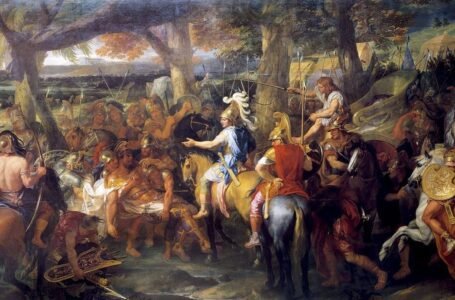An exploration of the timeless allure of the purple hue
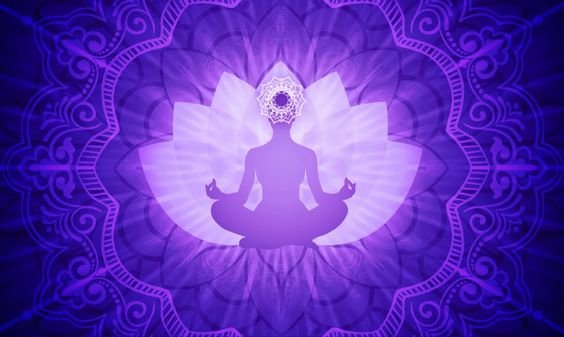
The colour purple holds a rich tapestry of historical and cultural significance woven throughout centuries. In various colour models, from the traditional RYB to modern CMYK and RGB, purple emerges as a blend of red and blue, capturing the essence of violet light. Its origins trace back to antiquity, where the rarity of Tyrian purple dye, extracted painstakingly from sea snails, symbolised opulence and prestige.
From Roman magistrates to Byzantine emperors and Catholic bishops, purple became synonymous with royalty and authority. In Japan, it signified the elite, including the emperor and aristocracy. Across Europe and the United States, contemporary perceptions associate purple with luxury, ambition, and spirituality, embodying qualities of magic, mystery, and piety.
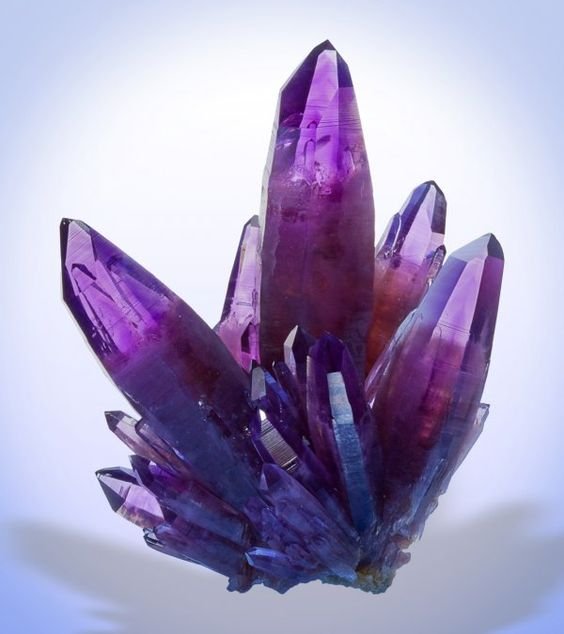
Furthermore, when intertwined with pink, purple takes on additional connotations of sensuality and allure. This enigmatic hue has captivated hearts and minds through the ages, leaving an indelible mark on art, fashion, and culture. In this exploration of purple’s historical and cultural significance, we delve into its multifaceted symbolism and enduring allure.
Etymology and Evolution
The word “purple” originates in the ancient Greek term “porphura,” denoting a species of sea snail used to produce the famed Tyrian purple dye. Derived from the Phoenician city of Tyre, this dye was highly prized in antiquity for its rich, regal hue. Over time, the term evolved across languages and cultures, retaining its association with luxury and royalty. Its journey through Latin, Old English, and beyond reflects the enduring allure of this vibrant colour, steeped in history and prestige.
The genesis of purple dye dates back to ancient times, with the advent of Tyrian purple, which was extracted painstakingly from Bolinus brandaris sea snails. Craftsmen harvested the precious mucus secreted by these snails, which served as the raw material for the dye-making process. This mucus was then heated in an alkaline solution, initiating a chemical reaction that transformed into a vibrant purple hue. The dyed yarn was then exposed to sunlight, catalysing the colour change. However, achieving this luxurious colour was no small feat—approximately 250,000 snails were needed to produce a mere ounce of purple dye. Consequently, purple clothing became a symbol of opulence and prestige, reserved for the elite due to its rarity and exorbitant cost. The price of a pound of purple wool often surpassed the annual salary of an average individual.
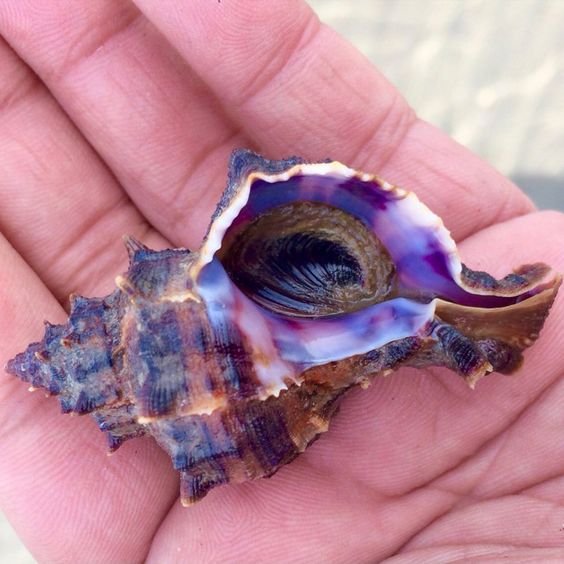
Fast forward to modern times, and the process of producing purple dye has undergone significant evolution. Cochineal insects, renowned for containing carminic acid—a compound that imparts a vivid crimson hue—now serve as the primary source of purple dye. When exposed to alkaline substances that increase the mixture’s pH level, this crimson shade seamlessly transitions into a rich purple tone. This contemporary method not only offers a more sustainable and accessible means of obtaining purple dye but also ensures the continuation of this illustrious colour’s legacy in the fabric of our society.
Purple in ancient and contemporary India
In Indian history and culture, the colour purple or ‘jamni’ holds multifaceted significance, woven deeply into the fabric of traditions, spirituality, and societal structures. While not as prominent as colours like red or saffron, purple still carries symbolic weight across various domains.
In Hinduism, purple holds associations with spirituality and mysticism. The colour is often linked to the crown chakra, Sahasrara, representing higher consciousness and spiritual enlightenment. Hindu deities are sometimes depicted adorned in purple attire, signifying their divine authority and transcendental power. Purple also has historical ties to Indian royalty and aristocracy. In ancient times, rulers and nobles often wore garments dyed with purple hues as a symbol of their elevated status and divine right to rule. The colour was reserved for kings, queens, and other dignitaries, reinforcing the hierarchical structure of society.
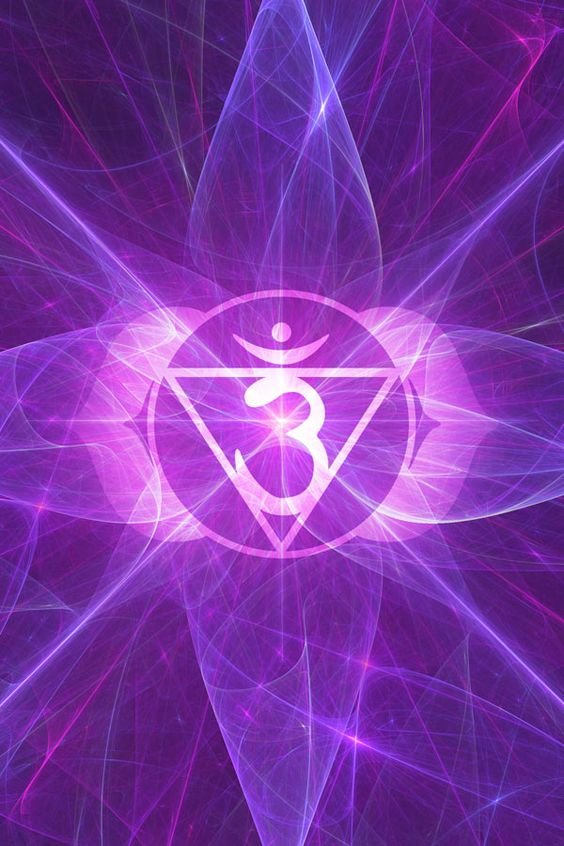
Additionally, purple finds resonance in Indian art and aesthetics. In traditional paintings, textiles, and architecture, purple accents evoke a sense of grandeur and sophistication. Whether in intricate embroideries or majestic palaces, the colour adds a touch of opulence and elegance to artistic creations. Purple holds tremendous significance in Indian spiritual practices and rituals. Purple flowers, such as the lotus and orchid, are revered for their symbolic value and are often used in religious ceremonies and offerings. The colour’s association with spirituality extends to practices like meditation and yoga, representing the quest for inner peace and enlightenment.
In contemporary Indian culture, purple continues to be valued for its association with luxury and refinement. From fashion and design to festivals and celebrations, the colour finds expression in various aspects of daily life. Whether in vibrant saris or ornate decorations, purple serves as a visual reminder of India’s rich cultural heritage and enduring traditions.
The significance of the colour purple in Indian history and culture transcends mere aesthetics, encompassing spiritual, social, and artistic dimensions. Its deep-rooted symbolism and associations continue to shape perceptions and practices, reflecting the timeless allure of this regal hue in the Indian context.
Origins and Mythology
The color purple, betwixt vibrant red and calm blue, embodies a unique allure steeped in mythology, piety, and royal prestige. Its roots extend to antiquity, where it was revered as sacred due to its rarity in nature. Named after the Tyrian purple dye derived from the mucus of the spiny dye-murex snail, purple was a symbol of opulence sought after by emperors and kings. According to mythology, even Hercules’ dog played a role in its discovery, inadvertently staining its fur with purple drool after encountering the snail.
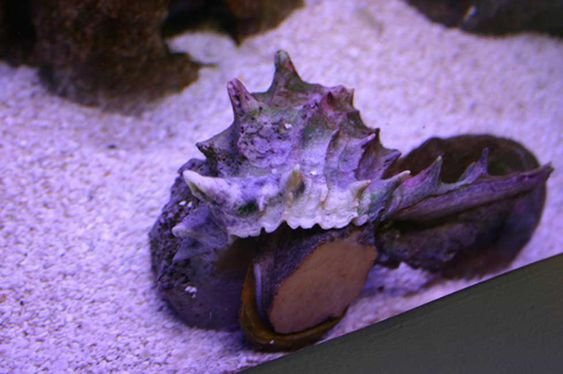
Throughout history, purple has been synonymous with wealth, power, and divine authority. From ancient Rome to Byzantium, purple-clad leaders were revered as descendants of gods, and laws were enacted to protect the exclusivity of the colour’s use. In England, during the Elizabethan era, sumptuary laws dictated that only close relatives of the royal family could wear purple, reinforcing its association with nobility and privilege. However, advancements in dye technology eventually made purple more accessible to lower classes, marking a shift in its societal significance.
Artistic Expression and Social Change
Artists throughout the ages have been captivated by the enigmatic allure of purple. From prehistoric cave paintings to the vibrant canvases of Gustav Klimt, purple has been utilized to evoke emotions ranging from sensuality to sorrow. Moreover, purple’s association with social movements, such as the Women’s Suffrage movement and the LGBTQ+ rights movement, underscores its role as a symbol of empowerment and progress. Even in modern politics, the purple necktie has emerged as a symbol of bipartisan cooperation, blending red’s assertiveness with the blue’s compassion.
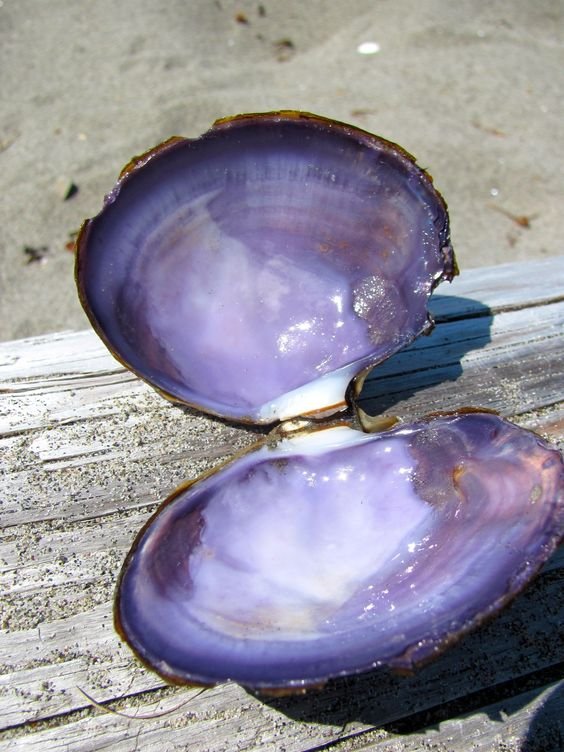
Symbolism- Past and Present
Purple, historically regarded as a color of royalty, carries a multitude of symbolic meanings encompassing wisdom, power, spirituality, luxury, wealth, and nobility. Positioned harmoniously between the dynamism of red and the stability of blue, purple represents a balance of strength and serenity, embodying qualities of independence and dignity. Its scarcity in the natural world adds to its allure, evoking an air of exoticism and mystery that sparks curiosity and fascination. Delving into the psychology of purple, it’s evident that this hue stimulates the imagination, serving as a conduit for fantasies and dreams, thereby inspiring creativity and innovation. Moreover, purple exerts a physiological influence, inducing a sense of calmness that can lower heart rate and blood pressure. However, it’s worth noting that excessive exposure to purple may evoke feelings of frustration and aggravation, highlighting the delicate balance in harnessing its psychological effects. In essence, the color purple transcends mere aesthetics, offering a profound exploration of human emotions, creativity, and well-being.
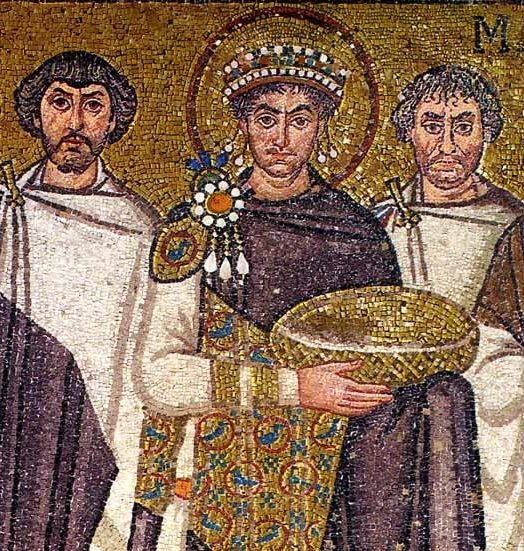
Conclusion
In conclusion, the color purple transcends mere aesthetics, embodying a rich tapestry of historical, cultural, and symbolic significance. From its mythical origins to its contemporary associations with social change and political symbolism, purple continues to captivate hearts and minds, leaving an indelible mark on art, fashion, and society at large. Whether perceived as a symbol of royalty, a catalyst for social change, or an expression of individualism, purple remains a color imbued with intrigue, mystery, and timeless allure.
